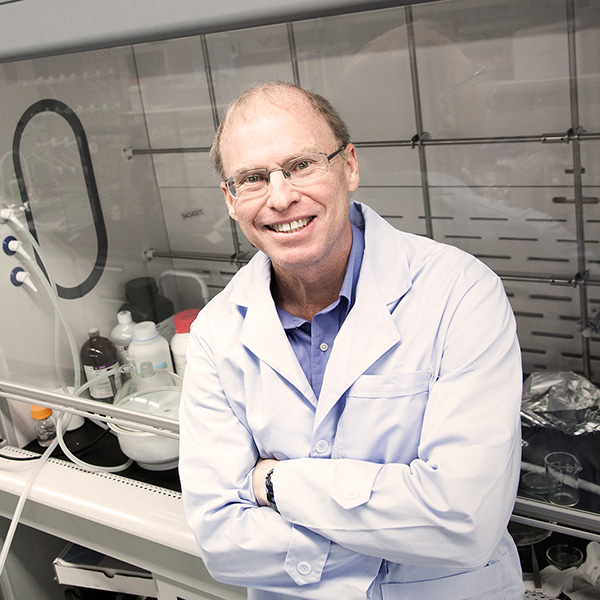
In the field of materials science, diamonds have been revered for their exceptional hardness and brilliance. Traditionally, their production has relied on high-pressure, high-temperature methods, which posed a significant obstacle to large-scale manufacturing. However, Rodney S. Ruoff and his team at the Center for Multidimensional Carbon Materials have achieved a groundbreaking advancement in diamond synthesis by growing diamonds at atmospheric pressure and 1,025 degrees Celsius. This innovation has the potential to revolutionize the diamond industry, as it could lead to easier and larger-scale production while maintaining identical properties to natural diamonds. Ruoff initiated his unconventional approach to diamond synthesis over a decade ago, driven by a quest to explore methods that others deemed impossible or highly unlikely. The team's experiments revealed the phenomenon of carbon diffusion beneath a liquid metal alloy, and the incorporation of silicon promoted the formation and stabilization of carbon clusters, which act as pre-nuclei for diamond growth. This breakthrough not only has implications for industrial diamond production but also paves the way for potential applications in high-tech fields, such as magnetic sensing and quantum computing, through the use of synthesized diamonds with silicon-vacancy color centers. Ruoff plans to continue his research in Korea, attracted by the nation's commitment to contributing to the scientific community and advancing the understanding of carbon materials.
